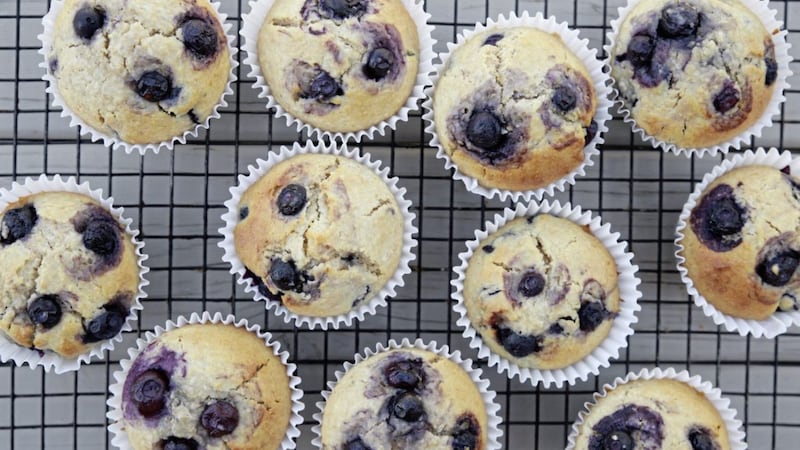LAST week I was chatting to you about how to manage sugar cravings. So now that your sweet tooth is under control, let’s take closer look at some of the sugar alternatives available, for that every once in a while when you want a little something to sweeten up your life.
Cutting back on sugar is one of the most important things we can do for the good of our health. Most people notice that when they cut the sweet stuff out of their diet, food tastes differently and they begin to enjoy and appreciate flavours of whole foods more.
‘Sugar free’ baking is a hot topic, but look a little closer and these recipes that swamp social media are usually packed with dried fruit, agave syrup or coconut sugar. Although these ingredients may be more natural and unrefined forms, they are still sugar by any other name.
Your body does not recognise whether the sugar in your favourite bun comes from sugar, or a natural sugar alternative. Too much of it is still going to play havoc with our blood sugar and insulin balance. No matter what the alternative, it is still a form of sugar, so I am not saying eat as much as you want of these alternatives.
These low calorie ‘natural’ sweeteners aren’t quite as harmless as they seem. Regular use of any sweetener will trigger the desire for more – a sure sign that our blood sugar needs rebalanced. They are fine to use every now and then, but the aim of the game is to reduce our reliance on the sweet stuff. The best way to beat sugar cravings is to take a break from all sweeteners and allow your taste buds to adjust.
Honey: Raw honey straight from the producer is a different food to that found in supermarkets, which is often blended with glucose. Eaten in its raw form, honey provides us with some antioxidants and nutrients. Remember that it is still a sugar though, so consume in moderation.
Agave syrup: The jury is out on whether agave syrup is better for us than sugar. Although it has a lower glycaemic index, the sweetness from agave is in the form of fructose, which is metabolised differently in the body and may contribute to weight gain and increased risk of type 2 diabetes. Use in moderation.
Maple syrup: Native to North America, maple syrup has some nutritional value, providing minerals such as iron, zinc, manganese and potassium. Beware of syrups labelled ‘maple flavoured syrup’ – this is a poor imposter of the real thing.
Xylitol, sorbitol and mannitol: These sugar alcohols have fewer calories and a lower glycaemic index than sugar. They are often used in chewing gum as they are good for your teeth, but they are not without their side effects – consumed in higher quantities these sweeteners have a laxative effect.
Stevia: This is a natural sweetener native to South America. It is about 200 times sweeter than sugar, so a little goes a long way. There are lots of different type of stevia available now, so look for one that says it is form the whole leaf. Suitable for diabetics.
Coconut sugar: A a low GI (30-35) sweetener containing some nutrients such as vitamin C, B2, B3 and magnesium. Sweeter than sugar so you can get away with using less.
Molasses: Good, old-fashioned molasses has long been a favourite with health-conscious people. It is packed with trace minerals and B vitamins. The taste may not be to everyone’s liking, but can be good to use for marinades or in baking.
Dates: A nutritious alternative to sugar, providing us with fibre and nutrients. As with everything, moderation is the key.
Brown rice syrup: A popular natural sweetener, but it has a high glycaemic index. Not recommended.








